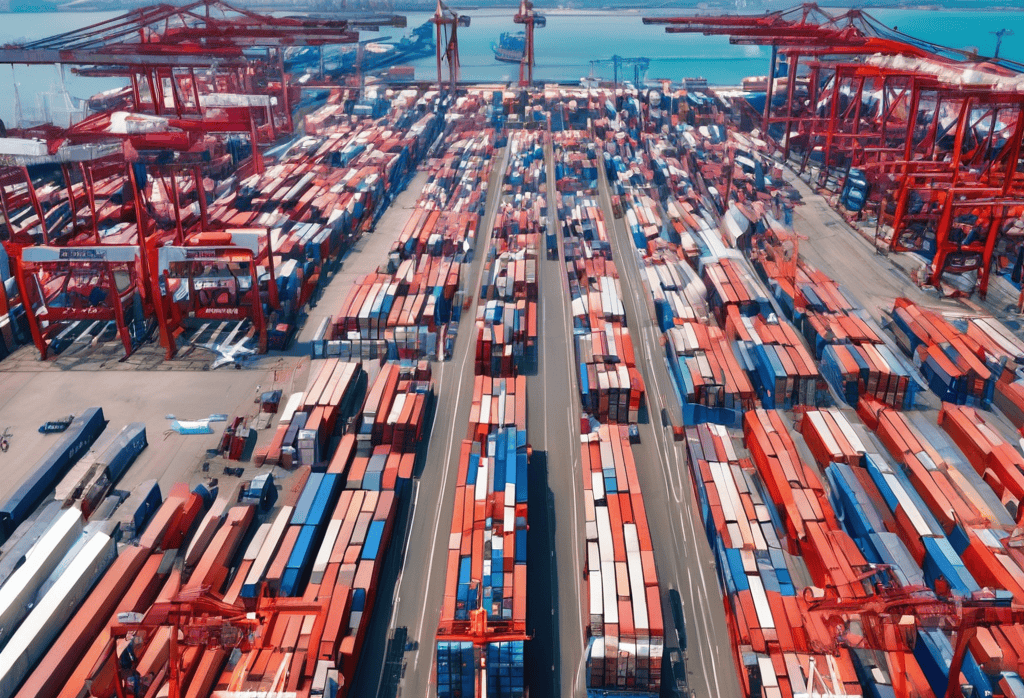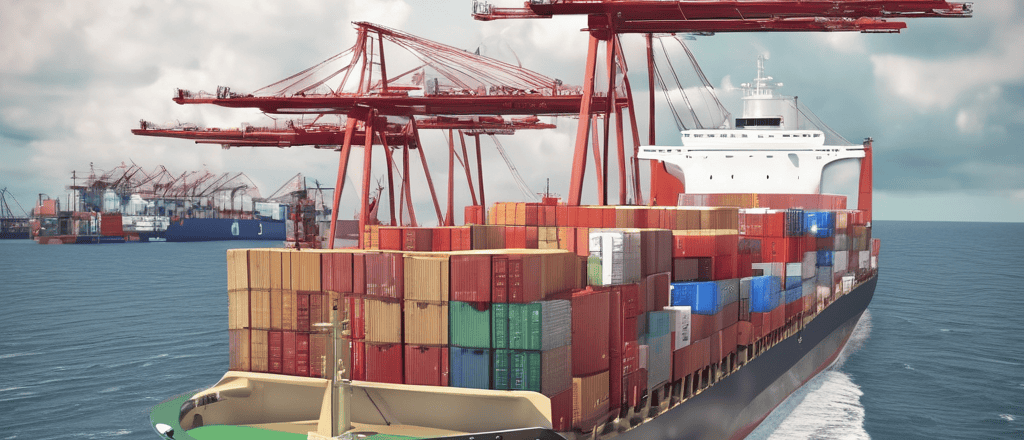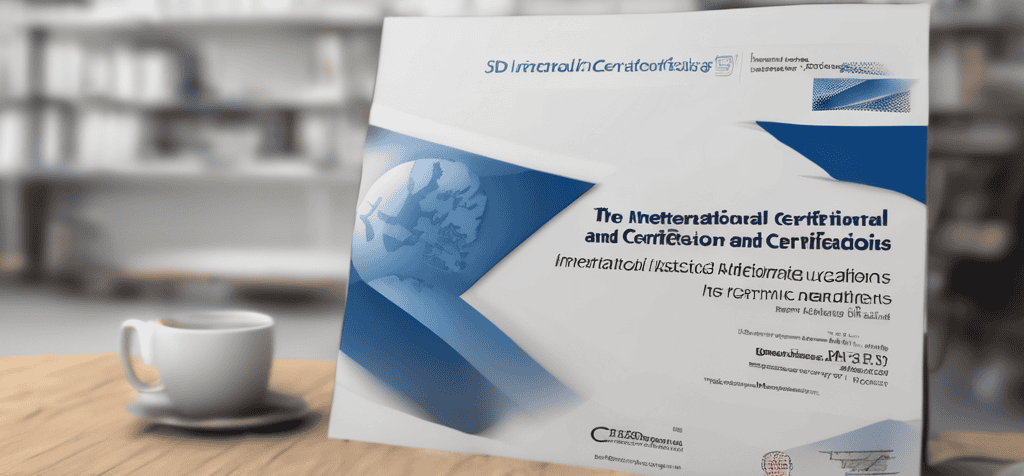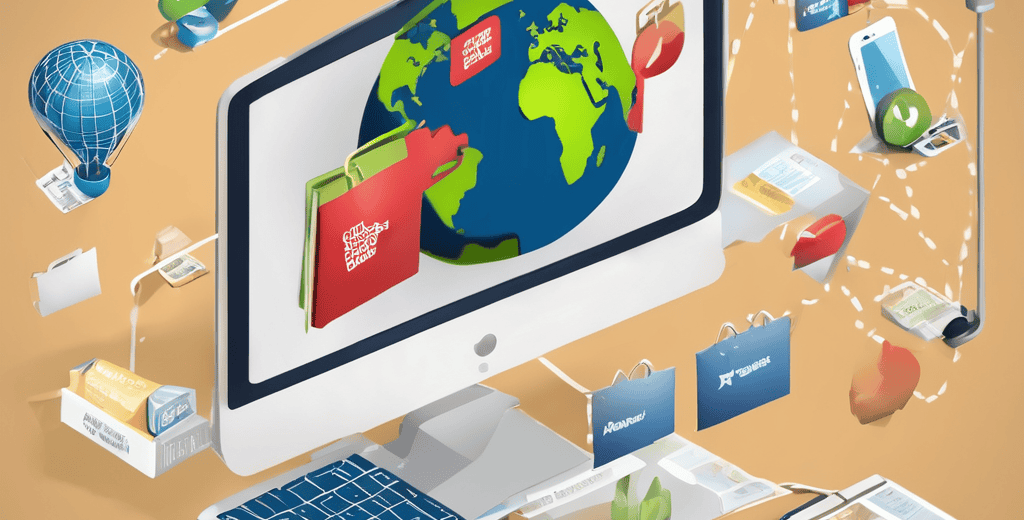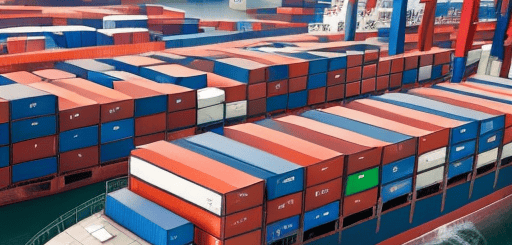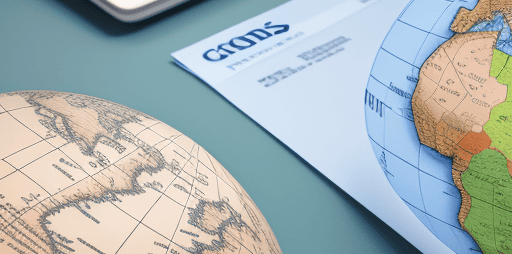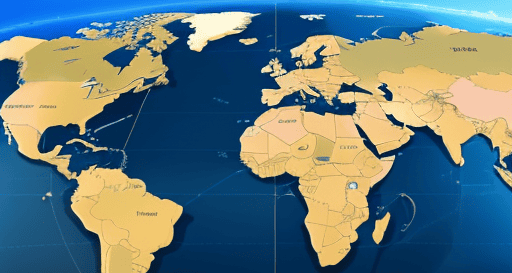Mastering international procurement requires a combination of strategic planning, meticulous execution, and continuous improvement. By following best practices such as conducting thorough supplier research, developing robust contracts, cultivating relationships, implementing risk management strategies, embracing technology, and staying agile, businesses can navigate the complexities of international procurement successfully.
In an increasingly globalized marketplace, mastering international procurement is essential for businesses aiming to stay competitive and thrive. Whether sourcing materials, components, or finished products, understanding the nuances of international procurement can significantly impact the bottom line. Here, we delve into the essentials of international procurement, uncovering best practices and strategies to navigate this complex landscape.
Understanding International Procurement:
International procurement involves the sourcing of goods and services from suppliers located outside of one's own country. This process encompasses various stages, including supplier selection, negotiation, contracting, and logistics management. Unlike domestic procurement, international procurement introduces additional complexities such as cultural differences, language barriers, regulatory requirements, and geopolitical risks.
Best Practices for International Procurement
Conduct Thorough Supplier Research:
Before engaging in any procurement activity, conduct comprehensive research to identify potential suppliers. Consider factors such as reputation, reliability, quality standards, and compliance certifications. Utilize online databases, industry associations, and trade shows to discover and evaluate suppliers from different regions.
Develop Robust Contracts:
Clear and detailed contracts are essential for managing risks associated with international procurement. Contracts should outline specifications, pricing terms, delivery schedules, quality standards, dispute resolution mechanisms, and intellectual property rights. Engage legal experts with international expertise to ensure contracts comply with local laws and regulations.
Cultivate Relationships:
Building strong relationships with international suppliers is critical for long-term success. Establish open communication channels, foster trust, and demonstrate commitment to mutual growth. Regular visits, virtual meetings, and cultural sensitivity training can help bridge cultural gaps and strengthen partnerships.
Implement Risk Management Strategies:
International procurement exposes businesses to various risks, including currency fluctuations, geopolitical instability, supply chain disruptions, and compliance issues. Implement robust risk management strategies to identify, assess, and mitigate these risks. Diversifying suppliers, maintaining buffer stock, and investing in insurance coverage are common risk mitigation techniques.
Embrace Technology:
Leverage technology to streamline and enhance procurement processes. Implement procurement software solutions for supplier management, contract administration, and performance tracking. Embrace digital platforms for sourcing, e-auctions, and electronic payments to improve efficiency and transparency.
Stay Agile and Adaptive:
The global business environment is dynamic and constantly evolving. Stay agile and adaptive to respond effectively to changes in market conditions, regulations, and geopolitical landscapes. Continuously monitor supplier performance, market trends, and emerging risks to adjust procurement strategies accordingly.
#InternationalProcurement #SupplyChainManagement #GlobalTrade #BusinessStrategy #ProcurementBestPractices #GlobalSourcing #RiskManagement #BusinessSuccess #ProcurementStrategies #SupplyChainOptimization
Read more views







